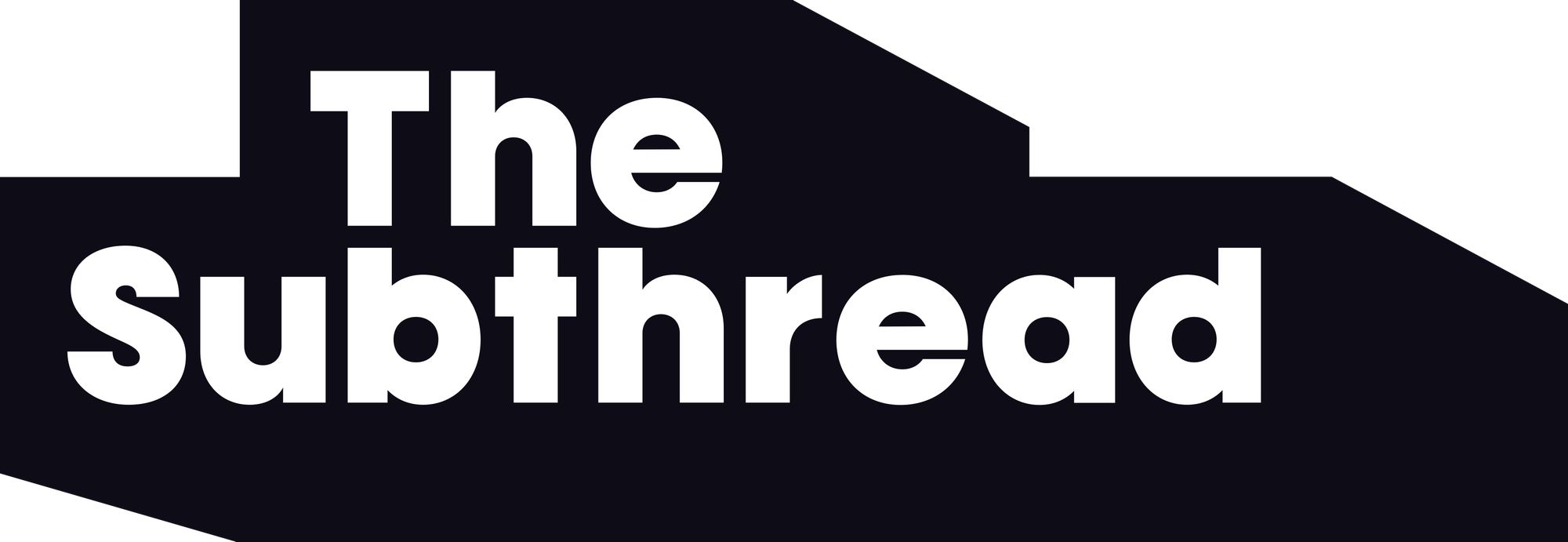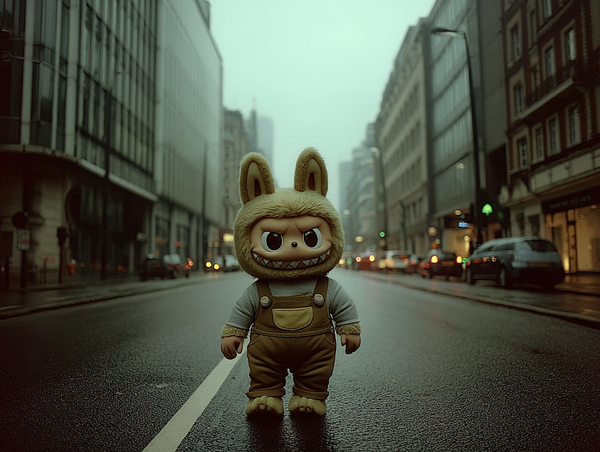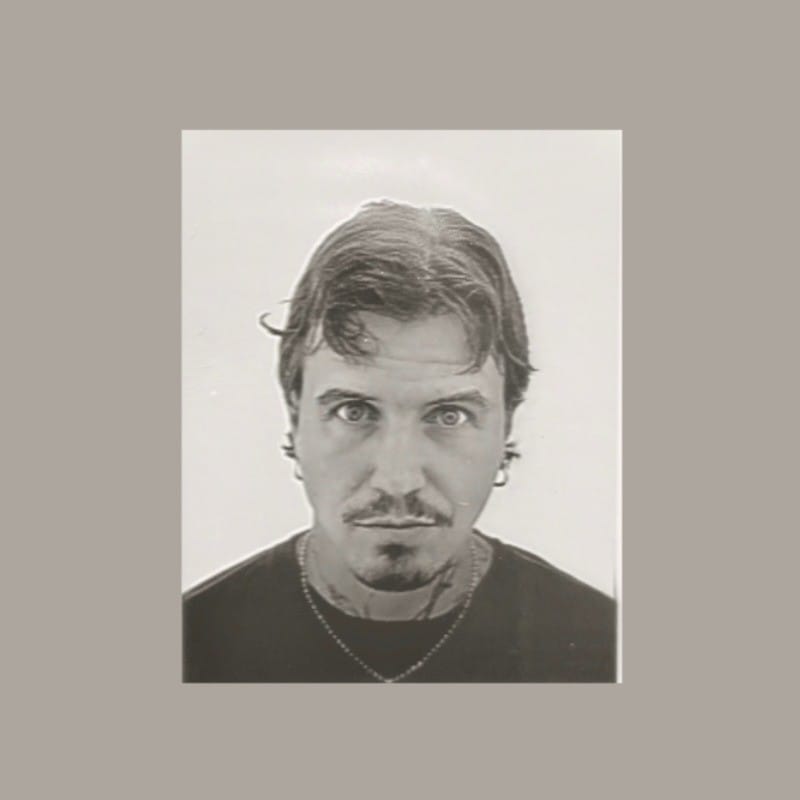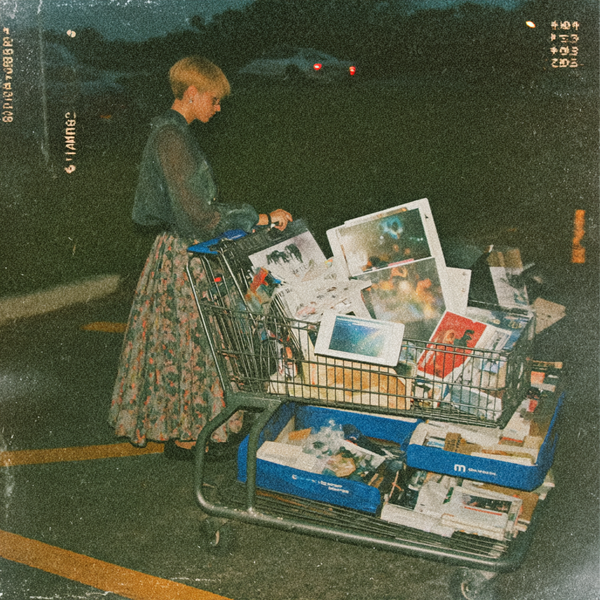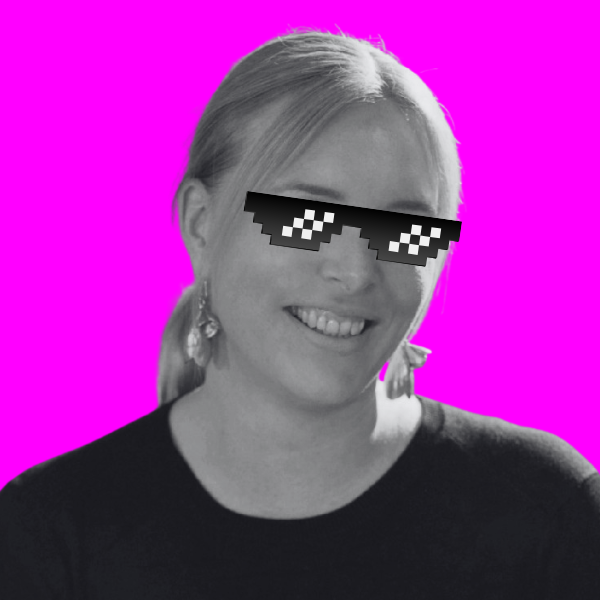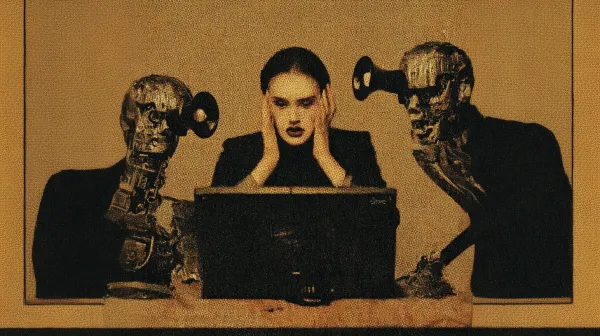You’ve probably seen Eugene and his floating head on your socials – viral videos that dissect cultural shifts through the lens of brands. His skill isn’t hunting signals; it’s context.
“My skill set is about taking what already exists disparately and being able to thread that into a cogent narrative for a much broader range of people than would be able to access those individual threads.”
The child of a doctor, he mimics his mother’s diagnostic instinct. “All of these little trends and bits that are happening in the world, whether online or in real life, they feel like symptoms and so what I try to do is find the symptom, or find several symptoms, and then diagnose the underlying disease.”
We catch up in the peace of a Moroccan riad during Paradigms, not long after sunrise yoga – calm, which feels like the opposite of the existential threat facing brands. The old safety of the ad break is gone. Today, brands have to compete for attention in the endless scroll against memes, creators, and everything else. “All brands effectively have to show up as entertainers on the platform.”
This shift, coupled with AI tools accelerating the speed of marketing output is completely changing the logic and the logistics of marketing. The biggest question Eugene is thinking about as a brand strategist is how an organization should set itself up to be able to deliver on this change.
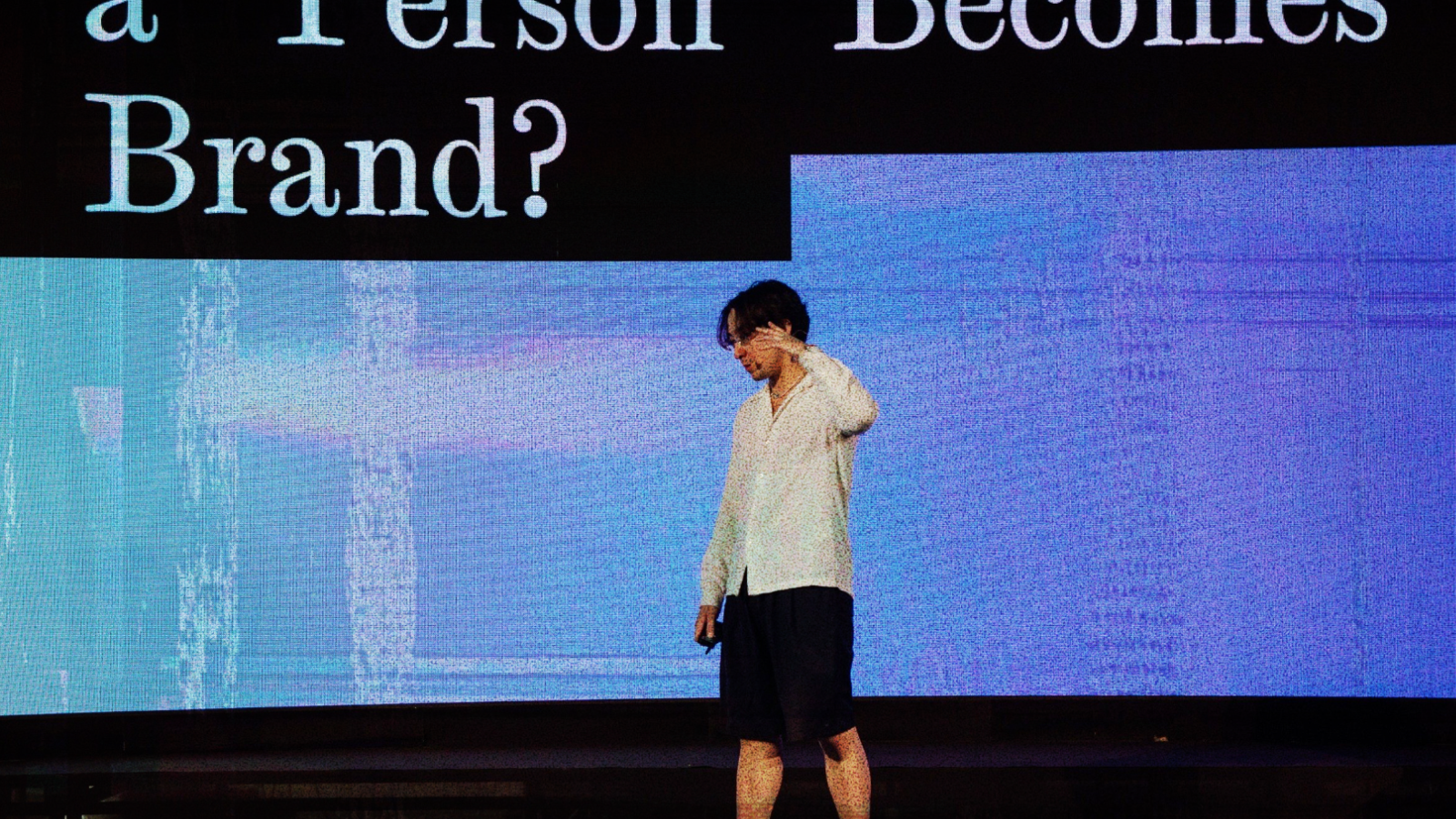
Structuring for creative scale
Access to production has exploded. A brand no longer needs 6 months to create a campaign, it is now expected to create dozens of ads a week – potentially even hundreds. It’s a significant shift.
An “enormous opportunity,” Eugene says. The problem? Can brands even handle the scale of production that AI has unlocked? “The old model of brand building was really built for a hierarchical political structure where you could run a campaign up the chain until you got to the CMO, then through C-suite and the board to approve it,” Eugene says. But if hundreds of assets are being created each week and distributed through more and more channels, then add creators to the equation – each of which will add their individual personality – how will a brand actually manage the scale of creative output?
So the skill set must grow at the edges. “Intuition and conviction will need to be created at the lower levels of the organization,” he says. “It can’t just be the directors and above that are the ones that are able to approve outputs. When you’ve got 200 plus outputs per week, you need to be able to have mid or even junior employees that are able to gut check what feels right and what feels wrong.”
He calls it “creative structure”: the way a company organizes itself to consistently make good work, fast. “The brands that win on social are the brands that are creatively structured to deliver content in a certain way,” Eugene tells me.
The winners take fast action
Elf Beauty is his case in point. The makeup brand has become somewhat of a darling in marketing circles praised for its reactive social-first content, its ability to go against category norms and confidence in pushing out comedic, riskier humour style ads. From the #EyesLipsFace challenge to the Liquid Death collaboration and the Cosmetic Criminals true crime parody, they reduce the distance between the story and the output.
“Elf can take action on something within six hours, if they really need to and they have everyone in the business lined up to be able to execute upon that.” Not every brand needs their level of cultural attunement, he counters, but “it shows what best practice looks like”.
Register now and join our community.
Receive our weekly newsletter, event invites and updates on our latest podcasts.
More content yes, but will anyone see it?
Even if brands are now capable of producing marketing assets at scale, and if they reorganize to stay competitive, there is still one key implication, Eugene poses, attention. “How is the consumer going to absorb all this extra creative output? If the means of production are so democratized, then everyone can create hundreds of ads a week but there's only so much ad space.”
In his view the consumer’s attention can’t get any more saturated. He goes further to say, any attempt by the advertising industry to “extract” more attention will lead to a “consumer revolt”.
While he didn’t offer a full blueprint for brands, his social videos are a good place to start. Diagnose the symptoms. Structure for speed. Empower judgement across the chain and remember the constraint: attention.
